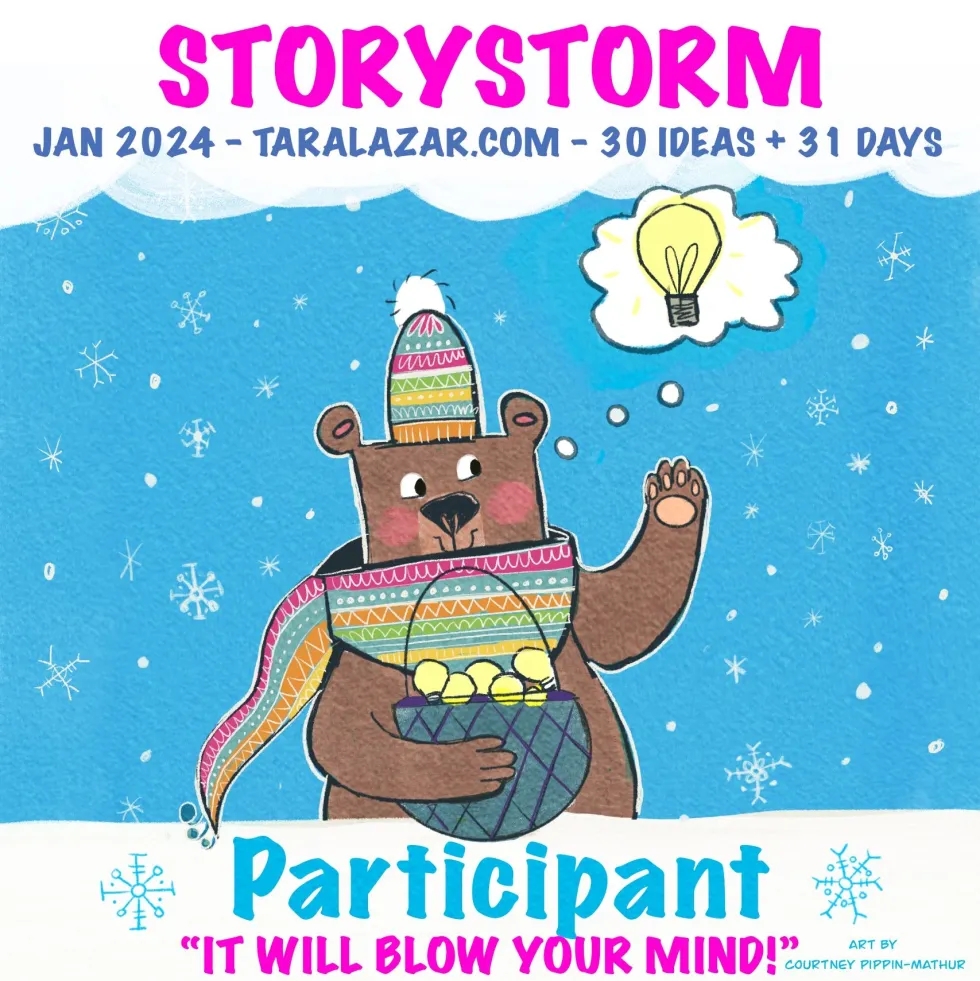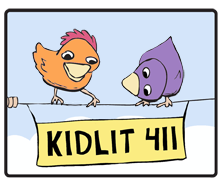Really, they are. But they’re a beast I love.
I’m 3.5 chapters away from finishing the bulk of these revisions for SOUL MOUNTAIN. They started simple enough–changing one of the POVs from 3rd to 1st person. And then my UCLA class happened and I reached a moment in my process where I just didn’t know which way was up. I put it on hold, worked on THROUGH THE WALLED CITY, and just kept brainstorming. Because something wasn’t working. I knew it, I just couldn’t put my finger on it.
After much soul-searching and agonizing and tears (oh yeah, there was some of that), I had a glorious moment of clarity: I needed to rewrite this book. About 70% is new material. Other parts have been shifted. Characters strengthened, redefined. The ending is completely new. Most importantly, I worked on making sure the reader connects with the characters emotionally. I knew I was on the right track, when my instructor’s feedback went something along the lines of, You nailed it! (I imagine Haymitch from The Hunger Games saying it, like “Now that’s what I’m talking about, Sweetheart!) Talk about feeling the breakthrough! With the help of a newly redesigned book map and outline, I was well under way.
But let me tell you. It’s very, very scary, to look at your 65,000-word manuscript and open up a new, blank document, and say, we’re having a do-over. Holy crap it’s scary.
But I did it. I’m less than 4 chapters away from the end. It’s been a fascinating process, slow and steady, full of layers. Every day that I work on it, it goes something like this: read and revise previous chapter, then write new chapter. It’s a write/revise, write/revise pattern. And it works. Sometimes, I go back two chapters or three before I write the new one. But I’m moving forward and I’m excited about the end product.
And each new chapter I take to my critique group, who’ve been fabulous and awesome in their feedback and support.
The true test will be once I submit this revision.
So here’s something else I learned during this part of the process. My layers work (roughly) as such:
- Action/dialogue: I start writing a scene as I see and hear it happen. I know what’s going on, who says what, etc.
- Add emotional depth: After the first layer, most likely on a different day or after I’ve let some time pass (today it was a few hours), I add what the character is thinking/feeling. How what’s happening and what’s being said affects him/her. What’s at stake.
- Pretty up the words: Once I feel better about the action/reaction at play, I look at the language. I revise for my tics (too many coordinating conjunctions, for example). I make sure I’m doing mostly showing. I read aloud for the “flow” and the “rhythm” of the words on the page.
And then I move on to the next scene/chapter. I also update my book map/outline. Where I catch inconsistencies, or if I notice I’ve forgotten a thread, I make a note of it on the outline. Once I reach the new end (with the above layers), I’ll be doing another read-through, slipping in whatever I may have missed.
At this rate, I expect to submit the revised draft by the end of the month. Let the nail-biting begin!





